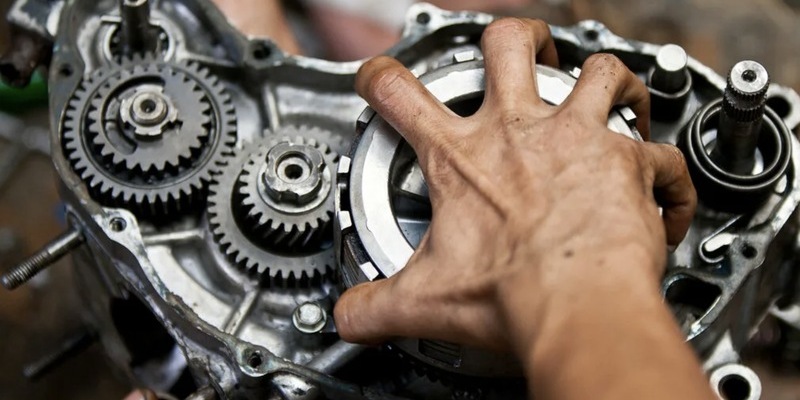
Motors power our daily lives and industries, driving everything from household appliances to complex industrial machinery. Their seamless operation is vital to maintaining efficiency and productivity. However, when motors falter, understanding their types and repair needs becomes crucial. This guide aims to demystify motor types, highlight common issues such as a servo motor repair, and provide actionable tips for maintenance and repair.
AC Motors: Known for their durability and efficiency, AC motors are commonly found in HVAC systems, household appliances, and industrial equipment.
DC Motors: Renowned for their precise control and high torque, DC motors power automotive systems, robotics, and electronics.
Gasoline Engines: Ideal for lightweight vehicles and small machines due to their quick ignition and smoother operation.
Diesel Engines: Preferred for heavy-duty applications like trucks and industrial machinery, offering better fuel efficiency and torque.
Pneumatic Motors
These air-powered motors excel in lightweight machinery and applications requiring portability and safety.
Used in robotics and precision instruments, these motors offer exceptional control over position and speed, making them essential for advanced applications.
Rotors & Stators: The core of the motor operation, responsible for converting energy into motion.
Brushes & Commutators: Found in DC motors, facilitating current flow to the rotor.
Windings: Essential for generating magnetic fields in electric motors.
Bearings: Support rotating parts, reducing friction for smooth operation.
Routine inspections ensure these components function efficiently, preventing costly breakdowns.
Overloading, insufficient ventilation, or blocked airways can cause motors to overheat. Addressing these issues promptly prevents permanent damage.
Insulation breakdowns, faulty power supplies, and wiring issues are common culprits. Regular testing with multimeters can help detect problems early.
Bearing wear and rotor misalignment can lead to inefficient operation. Replacing worn parts ensures smooth performance.
Dust, moisture, and oil can degrade motor performance. Sealing and regular cleaning mitigate these risks.
Cleaning: Regular removal of dust and debris.
Lubrication: Ensures smooth movement of bearings and gears.
Inspection: Routine checks for wear and tear.
Multimeters for electrical tests.
Vibration Analyzers to detect mechanical imbalances.
Replacing components showing signs of excessive wear or reduced efficiency prevents further damage.
While minor fixes like cleaning or lubrication can be done at home, complex repairs should be entrusted to professionals.
Rewinding: Restores performance by replacing worn windings.
Brush Replacement: Ensures consistent electrical contact.
Fuel System Cleaning: Removes deposits for optimal combustion.
Spark Plug Replacement: Essential for ignition.
Seal Replacement: Prevents leaks and maintains pressure.
Fluid Checks: Ensures system efficiency.
Encoder Calibration: Maintains precision.
Feedback System Checks: Ensures accuracy in positioning.
When selecting a repair service provider, it’s essential to ensure they have the right certifications and expertise for handling your specific motor type. A certified technician with experience in diagnosing and repairing similar motors can make a significant difference. Look for repair shops that offer warranties on their services, as this reflects confidence in their work and provides peace of mind for you as a customer. Before committing, ask detailed questions about their approach to repairs, the tools and diagnostic methods they use, and their expected turnaround time.
Routine Maintenance: Reduces the likelihood of expensive repairs.
Energy-Efficient Upgrades: Prolongs motor life and reduces operational costs.
Recycling Components: Refurbishing worn parts saves money.
Sustainable Designs: Energy-efficient motors are becoming the norm.
AI and IoT Integration: Enabling predictive maintenance and smarter diagnostics.
Innovations: Magnetic and ultra-efficient motor designs promise superior performance.
Understanding motor types and their repair needs is the cornerstone of efficient operation. Proactive maintenance and timely repairs minimize downtime and ensure longevity. For complex issues, consulting a professional is always the best course of action.